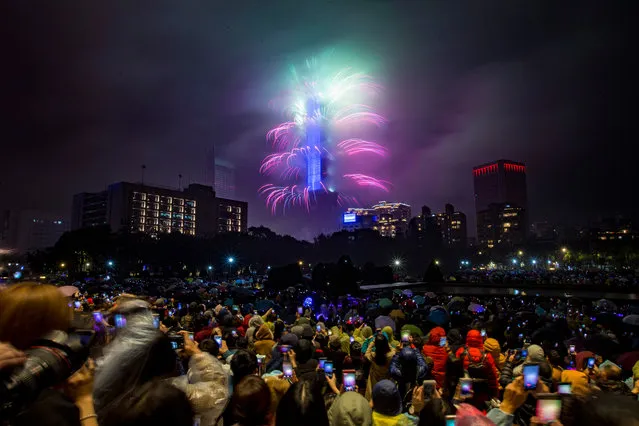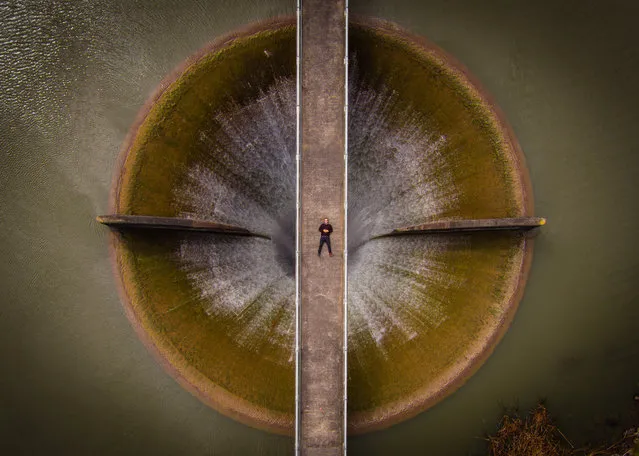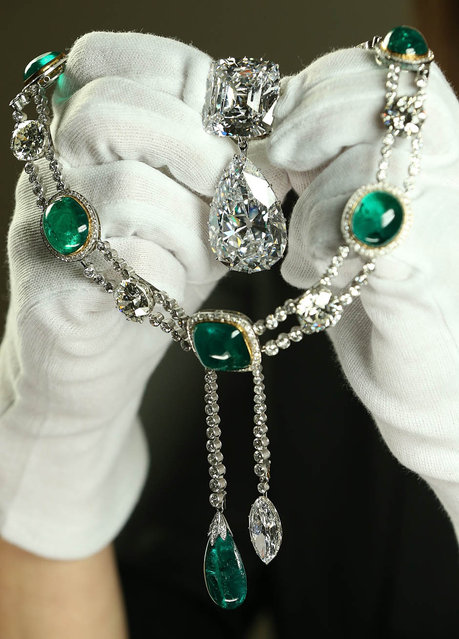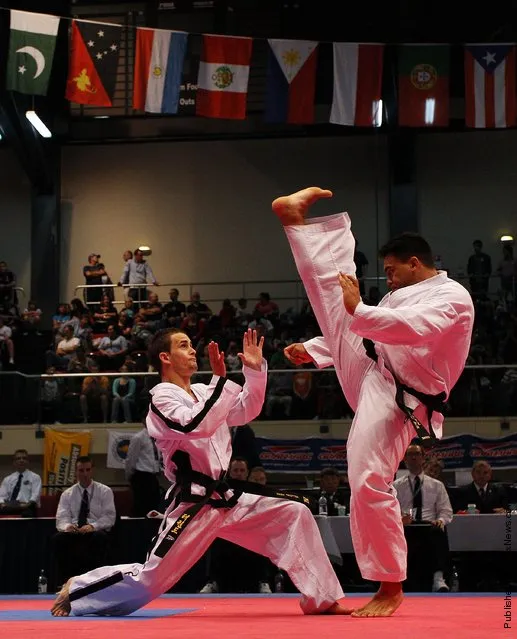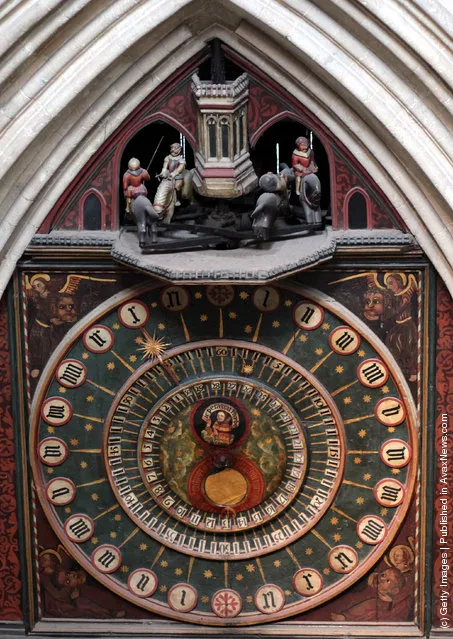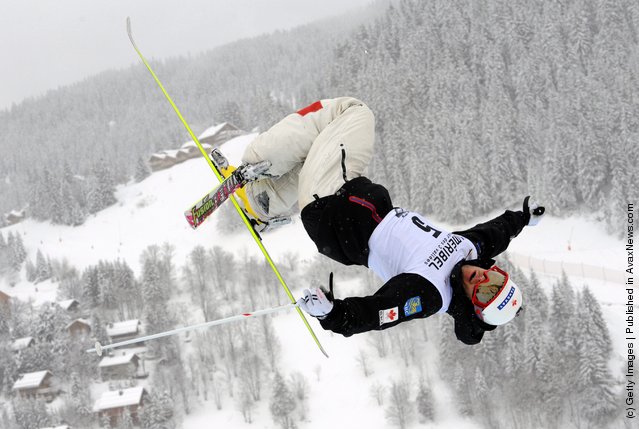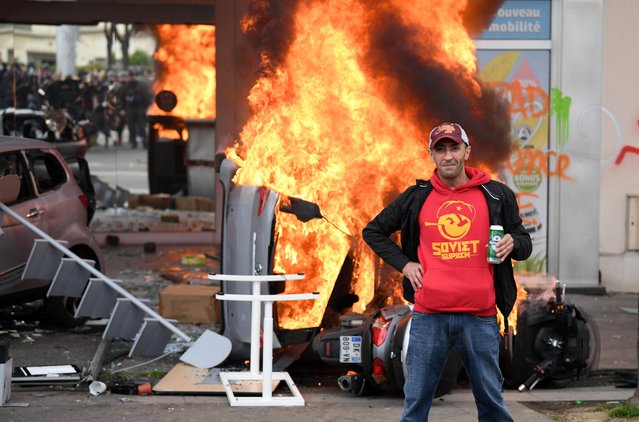
Vehicles are burning as thousands of people take to the streets during the May Day demonstrations on May 1, 2018 in Paris, France. This month celebrates the 50th anniversary of May 68 when France seen millions of students and striking workers, come onto the streets in demonstrations that changed the country. (Photo by Jeff J. Mitchell/Getty Images)
03 May 2018 00:03:00,post received
0 comments

